Over the past 2.5 billion years, our moon has been gradually moving away from Earth.
You would never guess from looking up at the moon in the night sky that it is progressively relocating away from Earth. However, we are aware that this is false. The Apollo missions of NASA placed reflecting panels on the moon in 1969. These have demonstrated the moon’s present annual distance from the Earth of 3.8 cm.
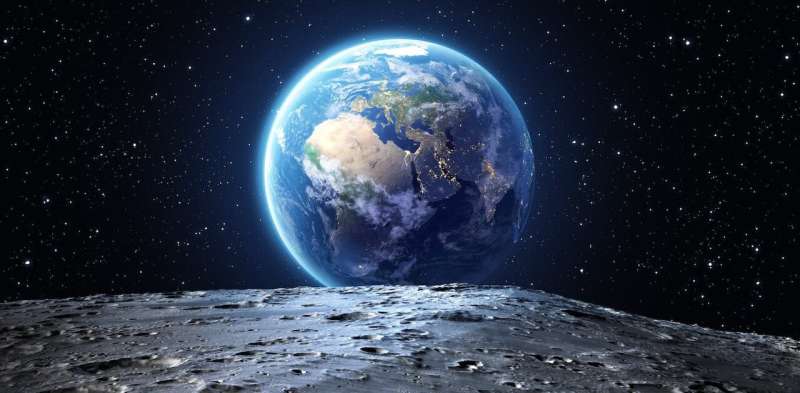
The Earth and moon collided around 1.5 billion years ago if we extrapolate the moon’s present pace of recession backwards in time. The moon, however, was created around 4.5 billion years ago, therefore the present recession rate is a bad indicator for the past.
Together with colleagues from the Universities of Utrecht and Geneva, we have been utilizing a variety of methods to try and learn more about the distant past of our solar system.
We’ve just found the ideal location for studying the long-term evolution of our waning moon. And it comes from interpreting signals in old rock strata on Earth, not from examining the moon itself. The Proceedings of the National Academy of Sciences published our most recent work.
Reading between the layers
Some canyons in the stunning Karijini National Park in western Australia cut through layers that are 2.5 billion years old and stacked rhythmically. These sediments are banded iron formations, which are layers of minerals with a high iron and silica content that were formerly extensively distributed on the ocean bottom and are now present in the oldest portions of the Earth’s crust.
Cliff exposures at Joffre Falls demonstrate how darker, thinner horizons alternate with layers of reddish-brown iron deposit that are just under a meter thick at regular intervals.
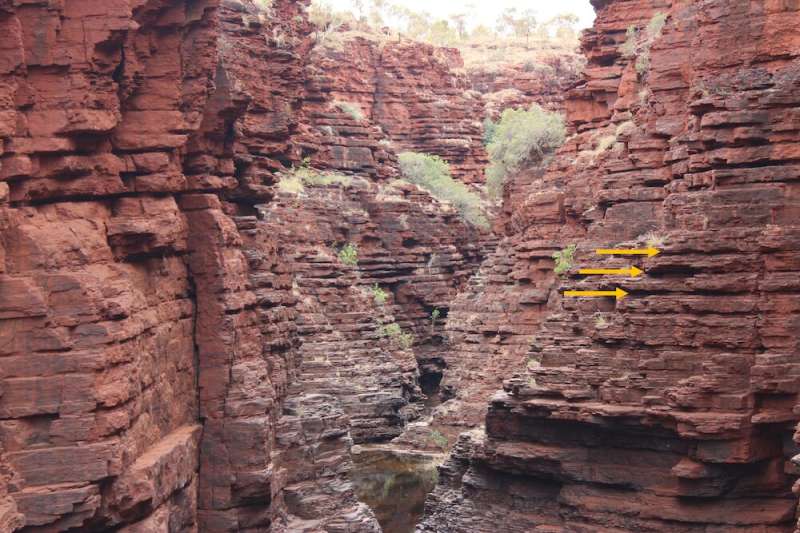
A softer rock type that is more prone to erosion makes up the darker intervals. The outcrops also include an extra regular, smaller-scale variation, which is seen when examining them more closely. The gorge’s seasonal river water has polished the rocks, revealing a pattern of alternating white, reddish, and blueish-gray strata.
The subject of the genesis of the various sizes of cyclical, repeating patterns seen in these ancient rock strata was first posed by Australian geologist A.F. Trendall in 1972. He hypothesized that the patterns could be connected to earlier climatic fluctuations brought on by so-called “Milankovitch cycles.”
Cyclical climate changes
The Milankovitch cycles explain how minute, cyclical variations in the Earth’s orbital parameters and axis orientation affect how much sunlight the planet receives over the course of years.
Currently, there are four prominent Milankovitch cycles that shift every 400,000, 100,000, 41,000, and 21,000 years. Our climate is strongly influenced by these shifts over extended time periods.
Extreme cold or warm spells and wetter or dryer regional climatic conditions are two prominent instances of Milankovitch climate forcing’s effect in the past.
The Earth’s surface characteristics, such as lake size, have been drastically changed as a result of these climatic changes. They are the cause of the recurring saharan desert greening and the low oxygen levels in the deep ocean. The migration and evolution of flora and animals, including our own species, have been impacted by Milankovitch cycles.
And cyclical changes in sedimentary rocks may be used to read the signs of these transitions.
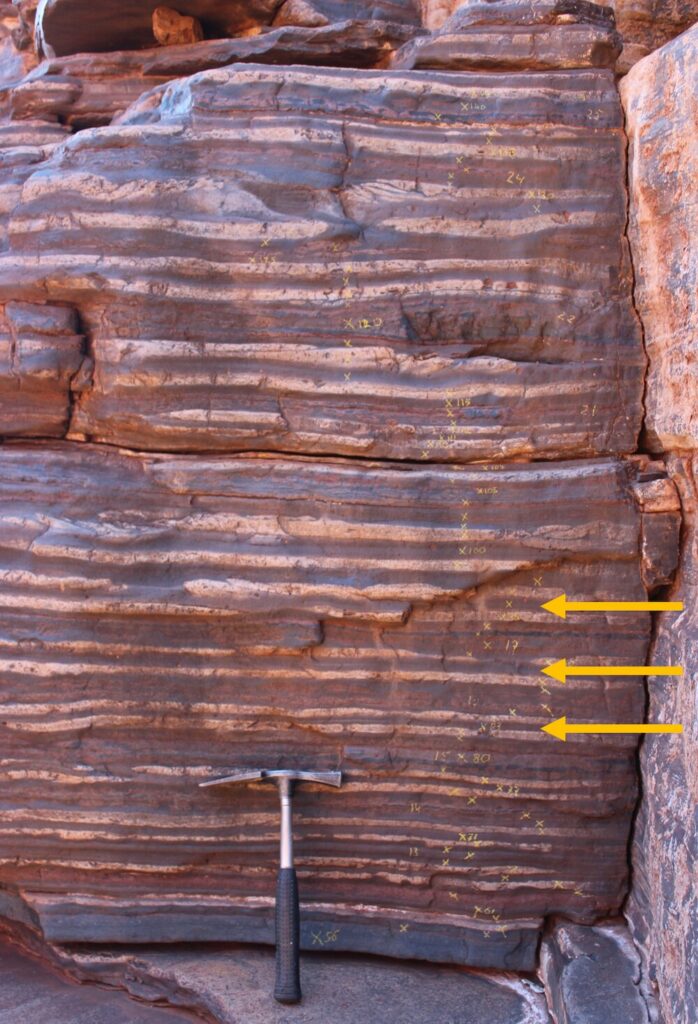
Recorded wobbles
The climatic precession cycle, one of the Milankovitch cycles, is intimately correlated with the distance between the Earth and the moon. This cycle results from the Earth’s spin axis’s precessional motion (wobble) or changing orientation throughout time. Although this cycle presently lasts about 21,000 years, it used to last less time when the moon was closer to Earth.
The distance between the Earth and the moon at the time the sediments were formed may thus be calculated if we can first identify Milankovitch cycles in ancient sediments, then identify a sign of the Earth’s wobble, and last determine its period.
Milankovitch cycles may still exist in an old banded iron deposit in South Africa, according to earlier study, which supports Trendall’s idea.
Around 2.5 billion years ago, the banded iron formations in Australia were likely deposited in the same ocean as the rocks in South Africa. But because the cyclic fluctuations in Australian rocks are more clearly visible, we can analyze the variations much more thoroughly.
Our examination of the Australian banded iron formation revealed the presence of several scales of cyclical changes, which roughly recur at intervals of 10 and 85 cm. We discovered that these cyclical fluctuations had place around every 11,000 and 100,000 years when we combined these thicknesses with the pace at which the sediments were deposited.
Because the climatic precession cycle has a significantly shorter time than the present 21,000 years, our study indicated that the 11,000 cycle seen in the rocks is probably connected to it. We next determined the distance between the Earth and the moon 2.46 billion years ago using this precession signal.
We discovered that the moon has moved closer to the Earth by around 60,000 kilometers (that distance is about 1.5 times the circumference of Earth). As a result, a day would be significantly shorter than it is right now, lasting around 17 hours as opposed to the 24 it does right now.
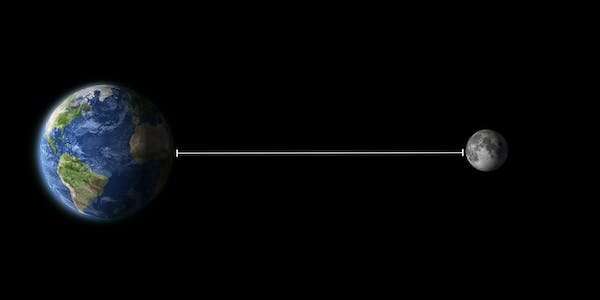
Understanding solar system dynamics
Models for the creation of our solar system and observations of the present state of the universe have been produced through astronomical research.
Future Earth-moon system models will be extremely dependent on our work and some other studies since it is one of the few ways to get accurate information on the evolution of our solar system.
The ability to infer previous solar system dynamics from minute differences in prehistoric sedimentary rocks is truly astonishing. The development of the Earth-moon system cannot, however, be fully understood on the basis of one significant data point.
Now that the moon has evolved through time, we need new modeling techniques and more trustworthy data. Additionally, our study team has already started looking for the next collection of rocks that may provide us with additional information about the solar system’s past.
Source:PhysOrg
Do not forget to share your opinion with us to provide you with the best posts !



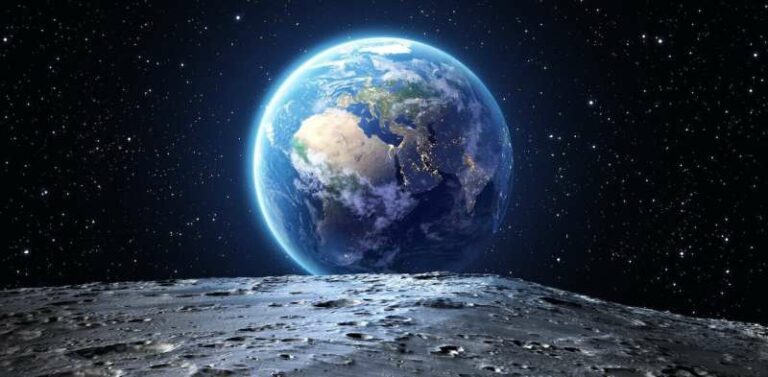
0 Comments